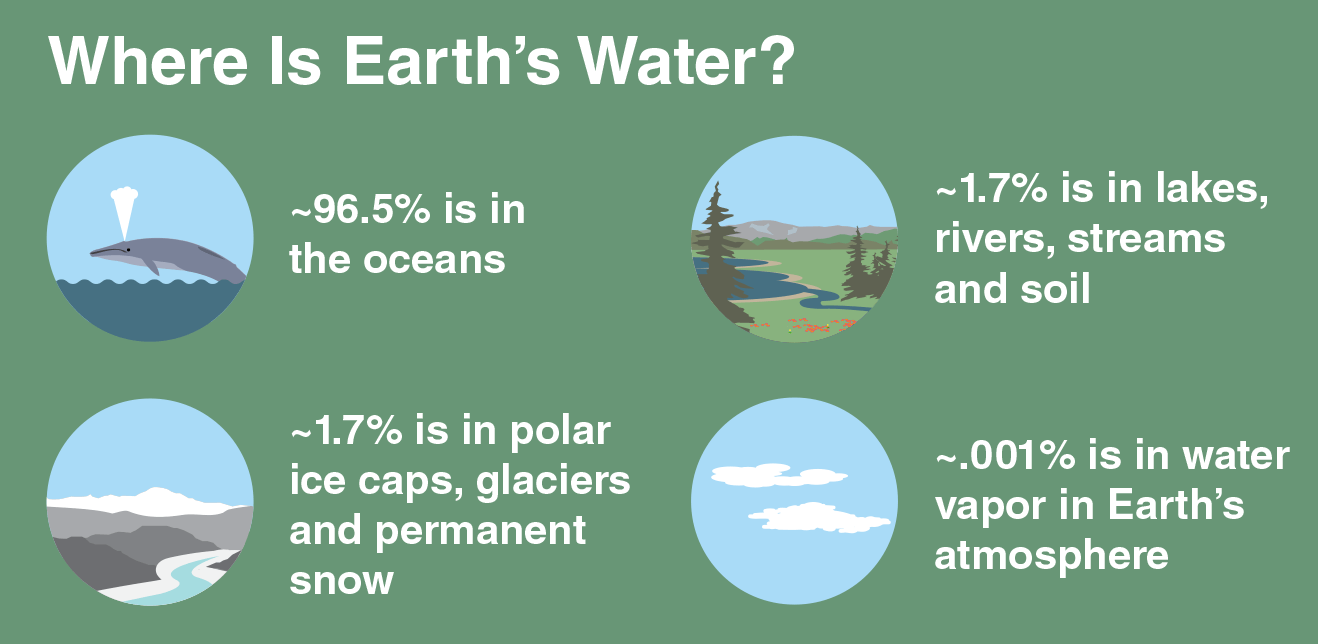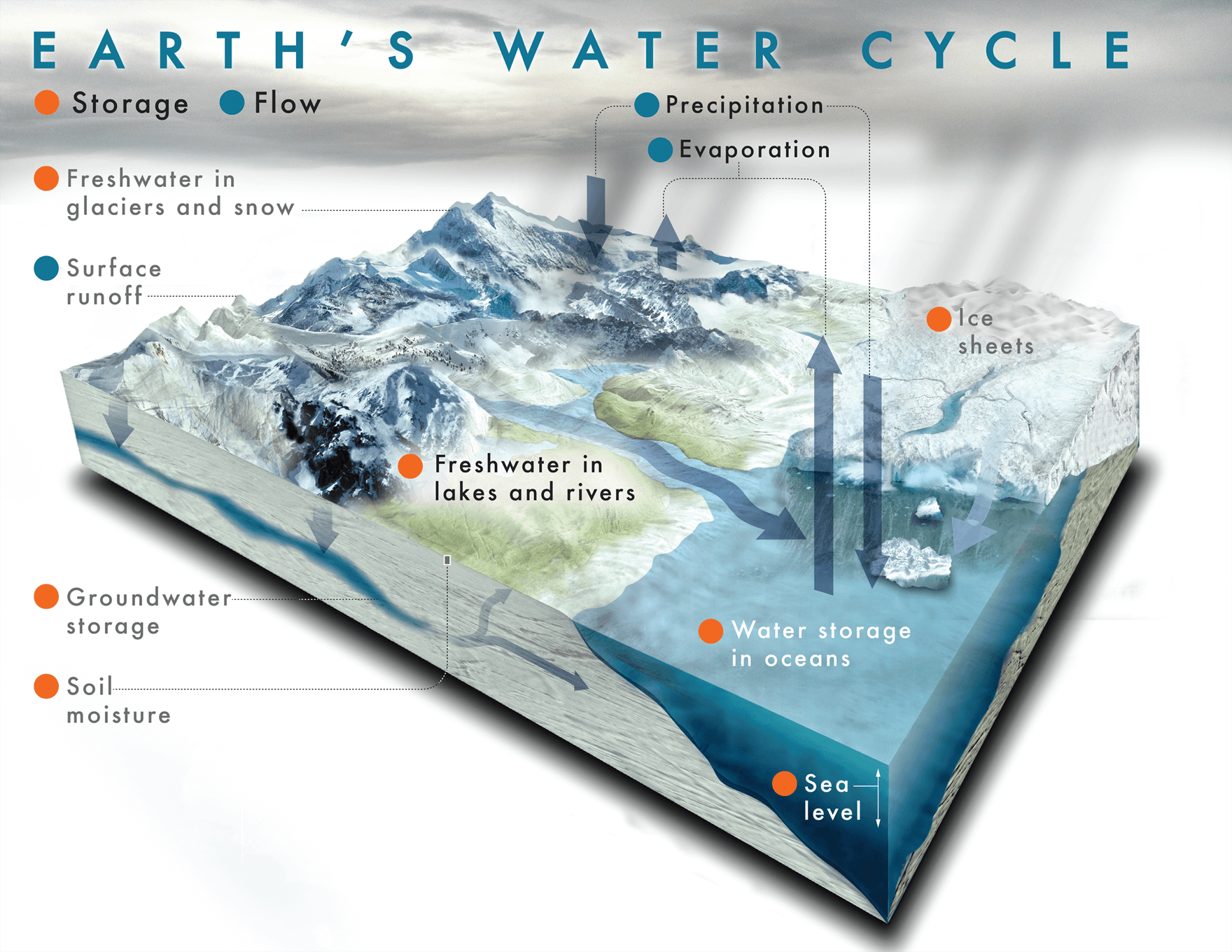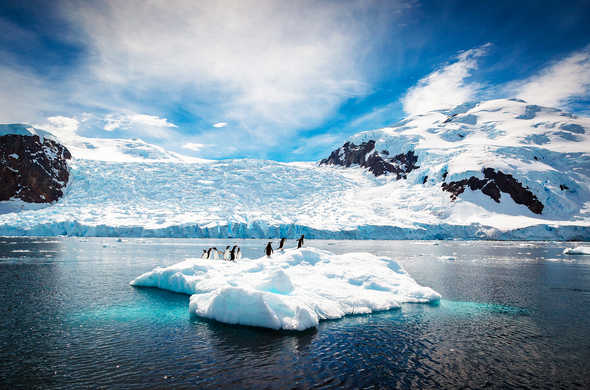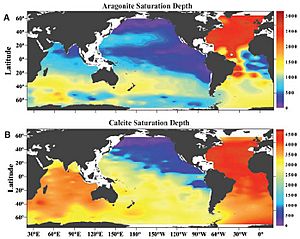Hurumanu: The Water Cycle
AIM: TO LOOK AT THE WATER CYCLE AND HOW CLIMATE CHANGE IS AFFECTING IT.
Definition:

Scientific words:
- Evaporation. When water is heated by radiant energy it turns into water vapor.
- Transpiration. Evaporation from plants.
- Condensation. When water vapor cools, molecules join together and form clouds.
- Precipitation. When clouds get heavy the waters falls as rain, sleet, hail, or snow.
- Acidification: the action or process of making or becoming acidic.
We will be conducting an experiment that looks at the different ways that climate change is affecting the water cycle.


THE WATER CYCLE EXPERIMENT
Bag 1: Normal Water cycle
Bag 2: Water cycle with CO2 added: like Oceans in climate change
Bag 3: Water cycle with ice added: like Antarctica in climate change
Material:
- plastic bag
- water
- food coloring
- sand or soda water
Steps:
- Draw the water cycle on the plastic bag.
- Put one cup of liquid into the bag.
- Put 2 drop of food coloring in the plastic bag with the liquid.
- If soda water was used, place a piece of litmus paper at the top.
- Seal the bag and hang it up in the sun.
The Water Cycle: Bag 1
|
CO2 Water Cycle: Bag 2
Acid
|
Desert Water Cycle
Bag 3
| |
Does it cycle?
| Yes | Yes | Yes |
Amount of Water
| 2 | 2 | 2 |
Acidity
| 1 | 2 | 1 |
Key: Water and acidity amount: 1 = none
2 = small drips
3 = large drips
Other comments:
1. Water cycle in Bag 1 had no acidity
2. The water cycled in bag one
3. The water formed in small drops in Bag 1
1. The water cycled in bag 2
2. The water formed in small drops in bag 2
3. Water cycle in bag 2 had small drops of acidity
1.The water formed in small drops in bag 3
2.Water cycle in bag 3 had no acidity
3. The water cycled in bag 3
2. The water cycled in bag one
3. The water formed in small drops in Bag 1
1. The water cycled in bag 2
2. The water formed in small drops in bag 2
3. Water cycle in bag 2 had small drops of acidity
1.The water formed in small drops in bag 3
2.Water cycle in bag 3 had no acidity
3. The water cycled in bag 3
Conclusion:
The water cycle in bag 1 and 3 had no acidity.In all 3 bags formed small drops.Also in bag 1 2 and 3 the water cycled.
Draw a labelled diagram of the Water Cycle
Water cycle words:
- Precipitation
- Hurricanes
- Acid rain
- Evaporation
- Carbon Dioxide
- Water
- Deforestation
- Water vapor
- Transpiration
- Flooding

TODAY YOU WILL BE INVESTIGATING THE EFFECTS THAT CLIMATE CHANGE HAS ON THE WATER CYCLE.
- Using your SOLO hexagons poster write a paragraph about the different aspects of climate change.
- Write about the following Climate Change concepts:
You can do these by powerpoint, embedding a movie , on your blog, on a doc or any other form of presentation. It is up to you.
ACIDIFICATION: HOW DOES CLIMATE CHANGE CONTRIBUTE TO THE ACIDIFICATION OF OUR OCEANS?
Picture:
Diagram of how it affects the water cycle.
DEFORESTATION: HOW DOES DEFORESTATION AFFECT CLIMATE CHANGE?
Picture:
Diagram of how it affects the water cycle.
ICE CAP MELT: HOW DOES ICE CAP MELT AFFECT CLIMATE CHANGE?
Picture:
Diagram of how it affects the water cycle.
WATER VAPOUR: HOW DOES CLIMATE CHANGE CONTRIBUTE TO WATER VAPOUR AND EVAPORATION?
Picture:
Diagram of how it affects the water cycle.
Definition:Ice caps are formed when snow that falls builds up and does not melt in the warmer weather. As time passes the layers of snow become layers if ice as they become compressed.
The temperature of the earth has increased by one half of a degree Celsius in the last 100 years, which might seem small but it can have drastic effects on the earth as a whole. This temperature change can melt ice caps and cause water levels to rise globally.


While sea ice exists primarily in the polar regions, it influences the global climate. ... When warming temperatures gradually melt sea ice over time, fewer bright surfaces are available to reflect sunlight back into the atmosphere. More solar energy is absorbed at the surface and ocean temperatures rise.
Ocean acidification is the decrease in the pH and increase in acidity of the Earth's oceans. It is caused by the increase of carbon dioxide that humans have put into the atmosphere. More than 30% of the carbon dioxide in the air goes into the oceans. Therefore, when carbon dioxide in the atmosphere increases, the carbon dioxide in the ocean increases, too.
When carbon dioxide enters the oceans, it makes it more acidic.

The reason is that adding carbon dioxide to water is like adding a few drops of lemon juice. It makes the water a little acidic.
In the past 200 years, the ocean has become much more acidic. In that time, it has absorbed 500 billion tons of carbon dioxide from the atmosphere. It’s hard to imagine that amount of a gas.
Deforestation is the permanent destruction of forests in order to make the land available for other uses
Deforestation is when forests are destroyed by cutting and not replanted. Sometimes deforestation happens when people change the land into farms, ranches and cities. A lot of deforestation is caused by the removal of all the trees from a forest for wood or fuel. Without the forest, the habitats of the animals are lost and many animals die. It also results in global warming (climate change).
Water vapor is water that is in the form of a vapor, or gas. It is a part of the watercycle. When liquid water is heated to boiling temperature, 100 degrees Celsius, it all turns into vapor.


Water vapor can also be produced directly from ice this is called Deposition. Steam is water vapor, but clouds are liquid water. Water vapor affects weather conditions. Water vapor is found in most of the air. In the cold, breathing out causes the water vapor breathed in to freeze.Water vapour weighs less than air, which is part of the reason clouds float high in the sky.
No comments:
Post a Comment
Please structure your comments as follows:
Positive - Something done well
Thoughtful - A sentence to let us know you actually read/watched or listened to what they had to say
Helpful - Give some ideas for next time or Ask a question you want to know more about
Note: Only a member of this blog may post a comment.